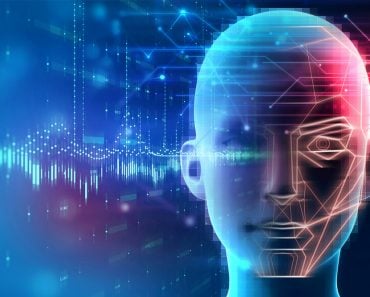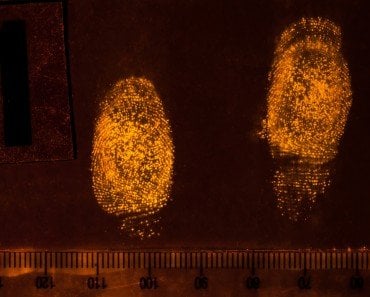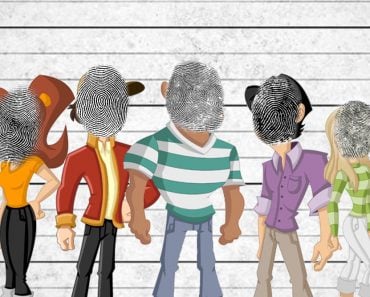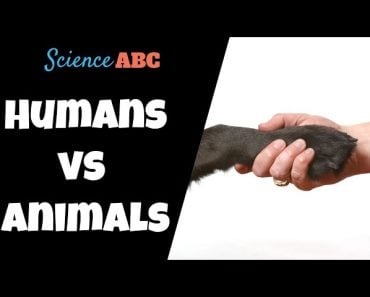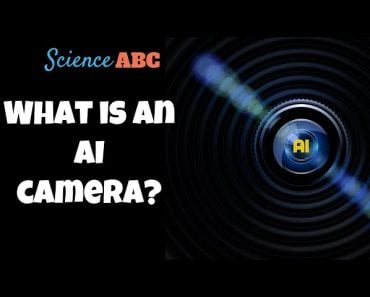Table of Contents (click to expand)
The key to understanding face recognition may not lie in facial features. Studies show that humans identify identical twins by utilizing non-facial features such as moles, freckles, and scars as compared to facial features such as eyes, nose, or mouth.
Pretty much every smartphone today has a reliable face recognition system embedded within it. But even the ‘smartest’ of such artificial face recognition systems have trouble recognizing a person when one starts wearing glasses or changes one’s hair.
These ‘smart’ systems pale in comparison to a mere two-year-old human baby who can recognize its mother’s face consistently, no matter what her clothes or hair look like. For this reason, human face recognition has been a subject of interest to people who develop artificial intelligence systems.
One of the most elusive questions in the field of understanding human face recognition has been how humans can distinguish between identical twins – those who look the same, have the same genetic material, and are indistinguishable through traditional methods of personal identification, such as DNA tests or blood tests.

Cracking this mystery would help us not only develop biometric techniques that help distinguish identical twins, but would also make the algorithms so specific that the chance of an error occurring in identifying a person would be very low.
Recommended Video for you:
How Do Humans Recognize Faces?
We must briefly touch upon how human face recognition works to understand how we distinguish identical twins.
Parts of the visual object identification system in our brain are known to specialize in identifying human faces. The neurons in this region specialize in a type of ‘holistic processing’, identifying an entire face as a single item, as opposed to identifying facial features separately and then putting together the information to recognize a face.
This is what makes this module both efficient and fast. This region, which lies in the lower portion of the temporal lobe (the lobe just behind your ears), is aptly named the “fusiform face area”.
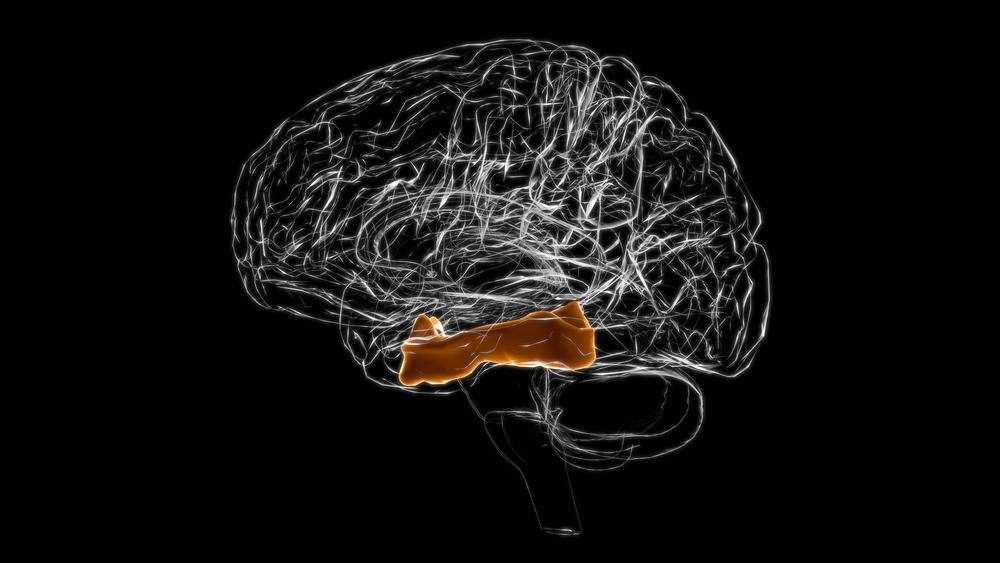
How do we know this? When people’s brains are scanned as they view random objects versus faces, it can be seen that the fusiform face area neurons fire selectively only for faces, proving their specialization. Interestingly, recent experiments in congenitally blind humans showed that it is not necessary to have a visual experience for your brain to develop this “face module”.
The identification of faces by touch activated the same fusiform region in blind individuals. This has revolutionized our understanding of human face recognition, dismantling the idea that this brain region is inherently ‘visual’.
Although traditionally, face recognition was known to be handled entirely by the fusiform face area, more recent studies have shifted from this conservative idea of a single region to that of a hierarchical network of several brain regions. This includes brain regions that recognize emotions and facial expressions to decode meaning, recall personal information linked to familiar faces, learn new faces, recognize old faces, etc.
Therefore, face recognition in humans is now understood to be much more complex than previously thought.
Given this level of complexity of the face recognition system in humans, it’s not surprising that we can distinguish so accurately, even between identical twins!
Can Humans Distinguish Identical Twins?
Scientists were not quite convinced that humans have a reliable capacity to distinguish between identical twins, so naturally, the first question they tried to address is whether we are quite as good at this as believed, and if yes, how?
In a 2011 study, scientists presented a pair of human faces to participants and asked them whether the faces belonged to the same person or a set of identical twins. The participants answered on a scale of the surety of the faces being of the same person, or of two identical twins. Following the task, they were also asked what features helped them make their decision.
The findings of this study revealed something very intuitive. The participants who showed highly correct responses in distinguishing between identical twins reported using cues such as moles, scars, and freckles! Others who used facial features, such as eyes, nose, and lips, reported lower accuracies.
Another major finding of this study was that when given an unlimited amount of time to respond, participants were able to distinguish twins more accurately. The scientists concluded that given more time, humans could take in subtle differences in local facial features to accurately make decisions in recognizing the faces of twins.
Can humans distinguish between identical twins? Yes, given an ample amount of time and with the help of markers, such as freckles and moles, we certainly can!
How Do Identical Twins Recognize Themselves?
Perhaps the best people to answer the question of how to recognize twin faces may be twins themselves!
Oddly enough, in a recent study on the ability of identical twins to recognize their own faces, it was revealed that they themselves have trouble with it! Monozygotic twins showed a lack of self-advantage in distinguishing their face from that of their twin.
Every individual shows an advantage in identifying their face from that of others, but this was found to be absent in identical twins.

Interestingly, this lack of ‘self-advantage’ seemed to be dependent on the belief of the twins themselves on how physically similar they are. This meant that twins who believed that they were less similar to each other showed more ‘self-advantage’ in recognizing their faces.
The study also reported a link between the psychological ‘attachment style’ of the twins and their self-face recognition abilities. These findings shed light on the interplay between our psychology, beliefs and face recognition abilities.
A Final Word
Studying how we recognize identical twins is of great interest because it will help us develop extremely accurate face recognition algorithms for biometric purposes.
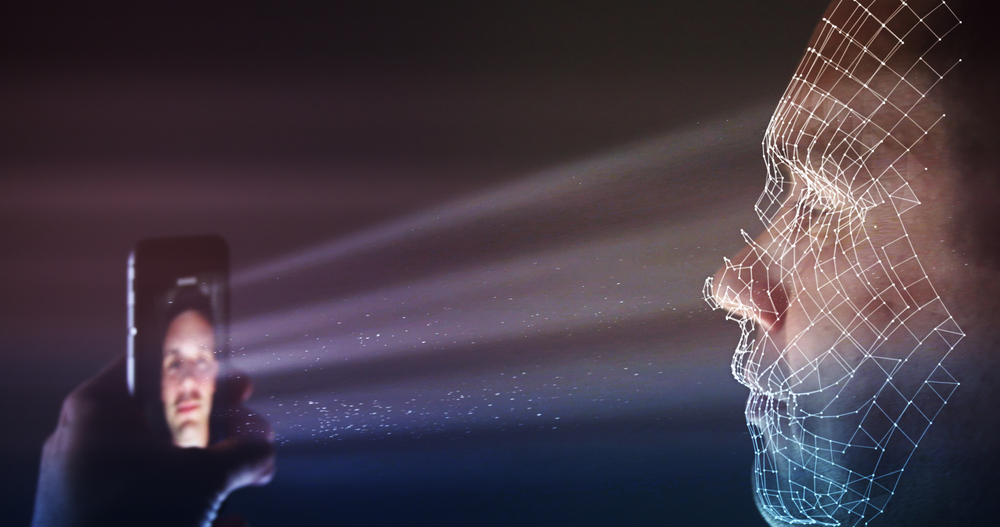
Studies have shown that the answer to the question of how we identify twins lies in how humans utilize non-facial features, such as moles and freckles. Scientists also observed that humans, when given longer times to respond, make more accurate decisions in distinguishing identical twins.
Experiments on twins themselves show that recognizing their faces can be a challenge even to them ,despite their longer familiarity and exposure to the problem!
These studies show that we don’t have all the answers when it comes to identifying twins’ faces. However,, the influence of non-facial features and our psychology in face recognition cannot be denied. The answer to how we recognize faces may not lie in the facial features themselves!
References (click to expand)
- Kanwisher, N., McDermott, J., & Chun, M. M. (1997, June 1). The Fusiform Face Area: A Module in Human Extrastriate Cortex Specialized for Face Perception. The Journal of Neuroscience. Society for Neuroscience.
- Ratan Murty, N. A., Teng, S., Beeler, D., Mynick, A., Oliva, A., & Kanwisher, N. (2020, August 24). Visual experience is not necessary for the development of face-selectivity in the lateral fusiform gyrus. Proceedings of the National Academy of Sciences. Proceedings of the National Academy of Sciences.
- Zhen, Z., Fang, H., & Liu, J. (2013, March 20). The Hierarchical Brain Network for Face Recognition. (M. Ptito, Ed.), PLoS ONE. Public Library of Science (PLoS).
- Biswas, S., Bowyer, K. W., & Flynn, P. J. (2011, November). A study of face recognition of identical twins by humans. 2011 IEEE International Workshop on Information Forensics and Security. IEEE.
- Martini, M., Bufalari, I., Stazi, M. A., & Aglioti, S. M. (2015, April 8). Is That Me or My Twin? Lack of Self-Face Recognition Advantage in Identical Twins. (P. J. Hills, Ed.), Plos One. Public Library of Science (PLoS).

